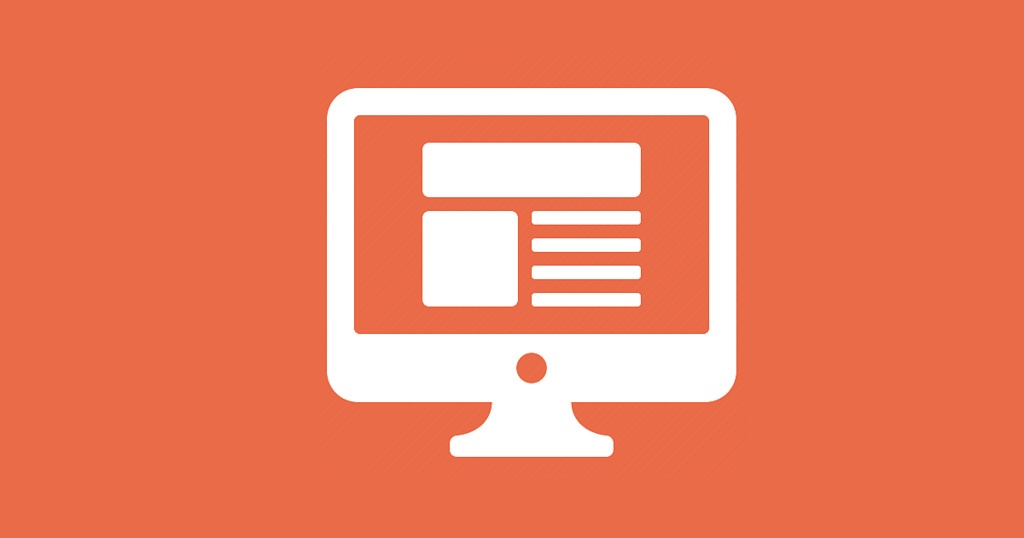What Are Landing Pages Used For In Marketing?

Many digital marketing techniques involve the use of landing pages. They are extremely useful tools that can boost the traffic coming to your website and generate more leads. The term is used so often that it sometimes becomes unclear what landing pages are and what distinguishes them from other types of web pages. In this article we unpack the meaning of landing pages and explain what they are, what they do and why you need them.
Landing Pages And Core Webpages: What Is The Difference?
Pick two businesses at random and it is unlikely they will have much in common. Visit their websites, however, and you will immediately see structural similarities. The website will be built in a hub around a homepage, with other pages branching away from it like the spokes of a wheel. There will be an ‘About’ page giving company background, a ‘Contact’ page, a ‘Blog’ and then a number of ‘Service’ pages and sub-pages. E-commerce businesses will also have ‘Category’ and ‘Product’ pages. These are all core web pages. They cover general company information and are all linked through site navigation.
Landing pages are a bit different. These target not general information but specific keywords. They are designed to capture search traffic looking for particular answers e.g. plumbing services Milton Keynes. While a core page may contain lots of different information and be optimised for two or more keywords, a landing page is very tightly focused. Your content will be restricted to what is strictly relevant to the keyword.
Landing pages can capture one of two types of traffic:
- Visitors looking for a specific service e.g. best value angle grinders or
- Customers in a particular area e.g. creative agency Edinburgh
Calls To Action
Landing pages attract a different audience. Visitors who land on your website through a landing page are likely to be closer to the point where they’ll make a purchase than general visitors. Because the search terms are so specific, you won’t find as many casual browsers or competitors snooping about.
An essential part of a landing page is therefore the call to action (CTA). A landing page is a gateway to your business, but doesn’t feature in your site navigation itself. You don’t want your visitors to linger on the landing page, but to direct them somewhere else. We will explain how landing pages are used in the next section.
How Landing Pages Are Used
A visitor arrives at your landing page needing help, an answer. As a marketer, your job is to help them find their answers as quickly as possible. When designing the page you should therefore have an ideal outcome in mind. This is either:
1) For the visitor to make an enquiry and join your lead nurturing program. You will need a prominent contact form for this, combined with an incentive, such as a free e-book.
2) For the visitor to purchase a service or product. Encourage this outcome through an intuitive shopping cart and a discount code. Or
3) To visit another part of your website. Some businesses use landing pages to increase their web footprint and direct traffic to other service pages. This is a good alternative to having a confusingly large core website.
You can promote landing pages in two ways. They can either form part of your SEO strategy and be built to attract organic traffic, or you can link them to a PPC campaign as an endpoint for click traffic. In either case your content will have to be extremely relevant to the keywords, so choose your keywords carefully. The only difference is that for organic SEO there are some optimal rules for keyword placement that you should follow to secure the best search rankings.
Create Great Landing Pages For Your Business
Chat with one of our team about the benefits of landing pages for your business. Our marketing specialists at JDR can help you design winning landing pages as part of a lead generation plan. Helping you capture new web traffic and gain more sales.


